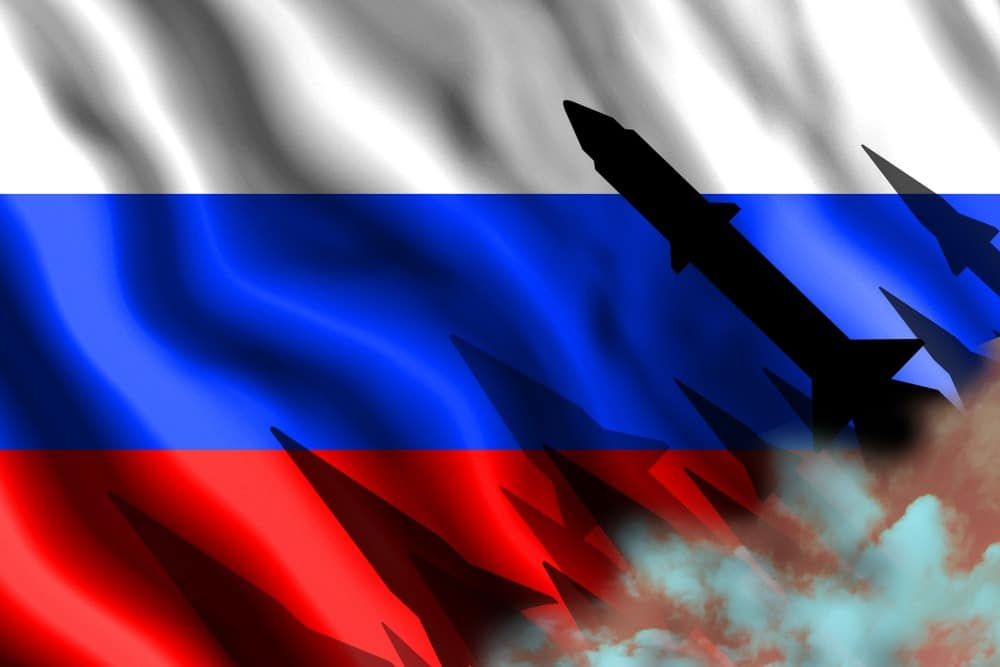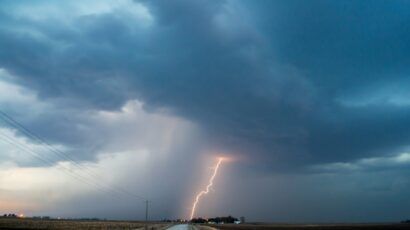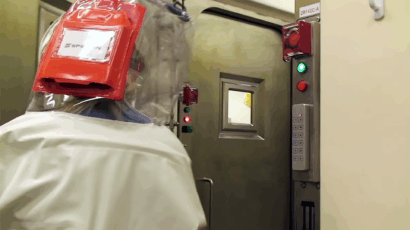Russian nuclear forces, 2014
By Hans M. Kristensen, Robert S. Norris | March 1, 2014

Nuclear Notebook: How many nuclear weapons does Russia have?
Since our last Russian Notebook in early 2013, Russia has taken several important steps in modernizing its strategic and nonstrategic nuclear forces. These include continued development and deployment of new intercontinental ballistic missiles (ICBMs), construction of ballistic missile submarines, development of a new strategic bomber, and deployment of tactical ballistic and cruise missiles and fighter-bombers. While much of this development continues well-known programs that have been under way for many years, other developments are new. Combined, the steps contribute to growing concern in other countries about Russian intentions and help justify nuclear modernization programs and political opposition to reductions in other nuclear weapon states. Those developments are not in Russia’s long-term interest.
As of March 2013, we estimate that Russia had a military stockpile of approximately 4,300 nuclear warheads, of which roughly 1,600 strategic warheads are deployed on missiles and at bomber bases.1 Another 700 strategic warheads are in storage along with roughly 2,000 nonstrategic warheads. In addition to the military stockpile for operational forces, a large number—perhaps 3,500—of retired but still largely intact warheads await dismantlement…
To read this full article for free, visit our online archive here.
To download a PDF of this article, click this link.
To read an authoritative accounting of world nuclear arsenals, click here for all Nuclear Notebook columns.
The Nuclear Notebook is researched and written by Hans M. Kristensen, director of the Nuclear Information Project with the Federation of American Scientists and Robert S. Norris, a senior fellow with the FAS. The Nuclear Notebook column has been published in the Bulletin of the Atomic Scientists since 1987. The Nuclear Notebook column has been published in the Bulletin of the Atomic Scientists since 1987.
Together, we make the world safer.
The Bulletin elevates expert voices above the noise. But as an independent nonprofit organization, our operations depend on the support of readers like you. Help us continue to deliver quality journalism that holds leaders accountable. Your support of our work at any level is important. In return, we promise our coverage will be understandable, influential, vigilant, solution-oriented, and fair-minded. Together we can make a difference.
















